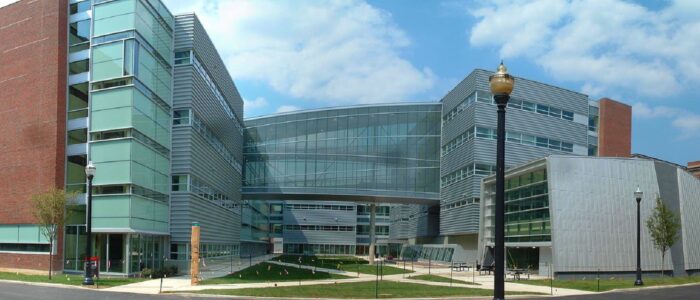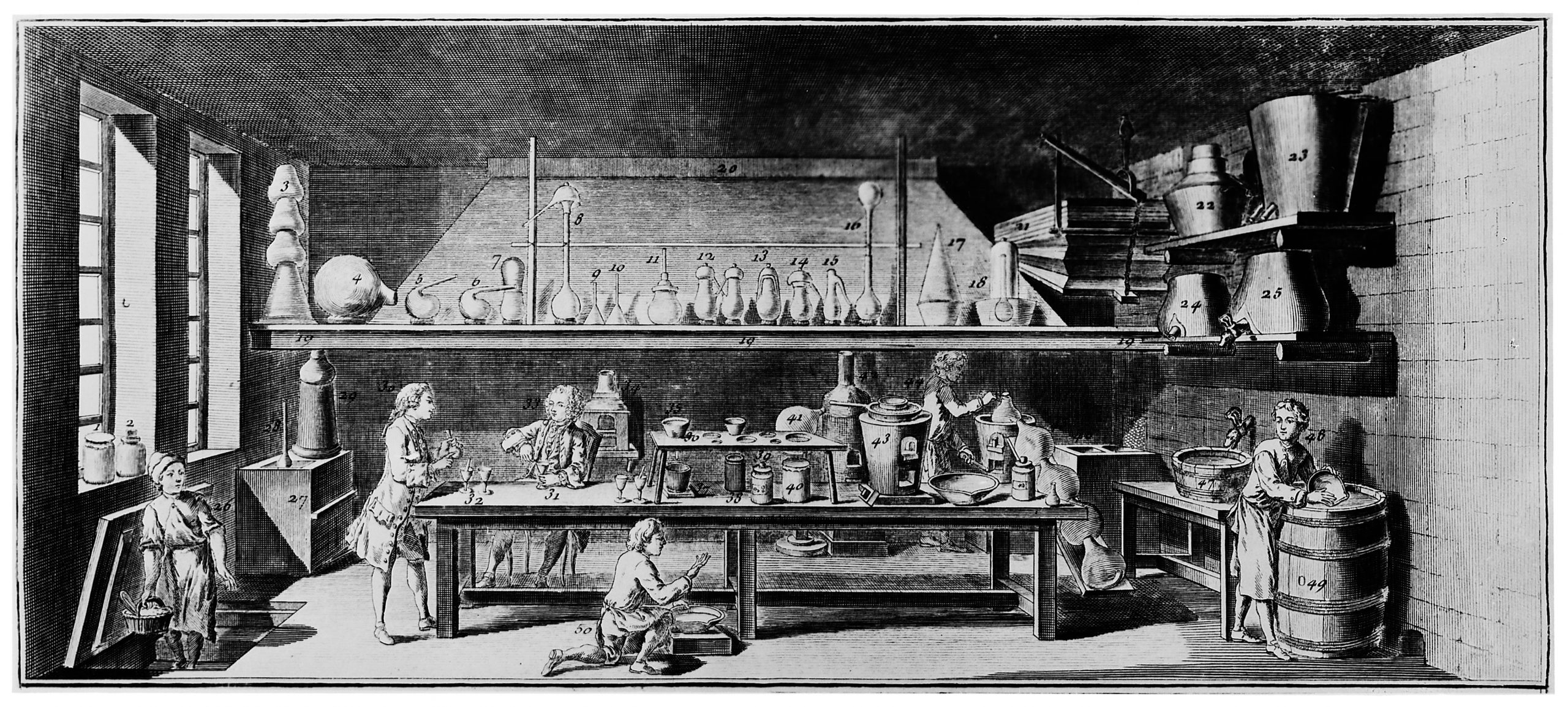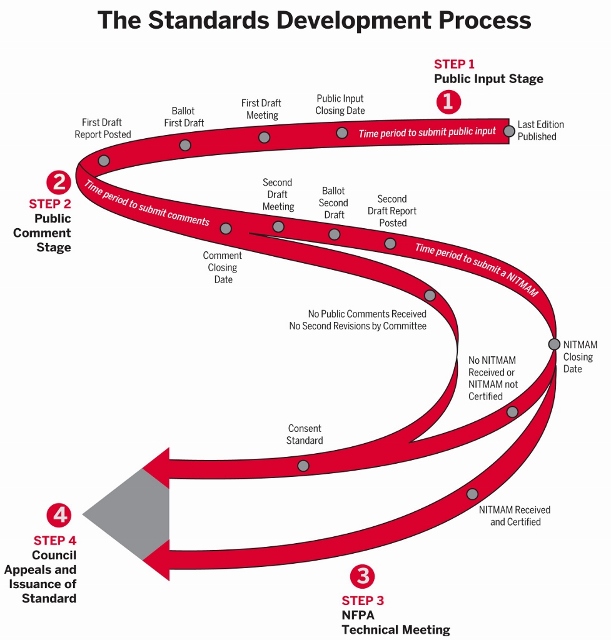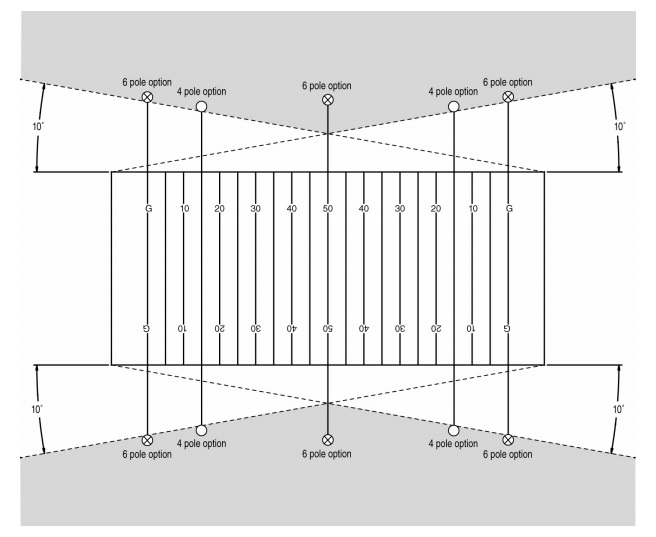WMHW-FM
- Home Page 153

Wire
This content is accessible to paid subscribers. To view it please enter your password below or send mike@standardsmichigan.com a request for subscription details.
Federal architecture
This content is accessible to paid subscribers. To view it please enter your password below or send mike@standardsmichigan.com a request for subscription details.
Laboratory Fume Hood Safety
A significant amount of research in the United States is conducted in research universities — over $70 billion annually, according to the National Science Foundation (LEARN MORE HERE). Unlike private industry, where facilities can be located away from population centers, many campus laboratories are located in dense populated areas because researchers enjoy their work in a lively campus setting. Keeping these facilities safe and sustainable is challenging anywhere but especially so in a setting where education and research takes place in close proximity.
One of the core documents for leading practice is ASHRAE 110 — Method of Testing Performance of Laboratory Fume Hoods. Keep in mind that in the emergent #SmartCampus a fume hood is part of an integrated system that not only includes environmental air systems but electrical, telecommunication, and fire safety systems.
ASHRAE 110 provides a starting point for assessing a wide variety of factors that influence the performance of laboratory fume hoods. The ability of a laboratory hood to provide protection for the user at the face of the hood is strongly influenced by the aerodynamic design of the hood, the method of operation of the hood, the stability of the exhaust ventilation system, the supply ventilation of the laboratory room, the work practices of the user, and other features of the laboratory in which it is installed. Therefore, there is a need for a test method that can be used to evaluate the performance including the influences of the laboratory arrangement and its ventilation system.
From the project prospectus:
Purpose. This standard specifies a quantitative and qualitative test method for evaluating fume containment of laboratory fume hoods.
Scope: his method of testing applies to conventional, bypass, auxiliary-air, and VAV laboratory fume hoods. (2) This method of testing is intended primarily for laboratory and factory testing but may also be used as an aid in evaluating installed performance.
The 2016 revision is the current version; made the following improvements to the 1995 edition:
• The test procedures now require digital collection of data rather than allowing manual data collection.
• Some modifications have been made to the test procedure. These modifications were made based on the experience of the committee members or to clarify statements in the 1995 edition of the standard.
• Informative Appendix A, which provides explanatory information, has been expanded.
• Informative Appendix B, a new nonmandatory section, provides guidance to anyone using the standard as a diagnostic tool in investigating the cause of poor hood performance.
ASHRAE has recently upgraded its public participation platform; available in the link below:
Public Review Draft Standards / Online Comment Database
ASHRAE 110 is not a continuous maintenance document (that can change in 30 to 90 day intervals). We encourage our colleagues involved in university-affiliated research enterprises who have an idea, data and/or anecdotes to key in their idea, data or anecdote — particularly faculty and students. While we recognize that conformance professionals (i.e. “inspectors”) have a very informed point of view about safety; they may not place ideas for lower costs at the top of their agenda. It is a fine line we must hew in the education industry — respecting the experience and priorities of risk managers while at the same coming up with ideas that make laboratories safer, simpler, lower-cost and longer-lasting that may reduce their billable hours.
We find that environmental air safety goals often compete with fire safety goals and both compete with sustainability goals. Conversations about the optimal approach to converting to variable volume fume hood systems from constant flow are common:
LINK TO ASHRAE VARIABLE VOLUME FUME HOOD BIBLIOGRAPHY
As an ANSI accredited continuous-maintenance standards developer ASHRAE technical committees receive public comment at any time; though action on revising the standard must follow the accredited process. State level adaptations — with respect to technical specifics or compliance paths or both — are always possible. As explained elsewhere, Standards Michigan generally advocates for scalable, site specific solutions to laboratory safety system operation and maintenance, though we understand that enforcement and compliance interests prefer bright-line, single-point solutions that are easy to enforce.
All ASHRAE standards are on the agenda of our Mechanical Engineering teleconference. See our CALENDAR for our next conversation on this subject; open to everyone.
Category: Mechanical
Colleagues: Richard Robben, Mark Schuefele, Larry Spielvogel
Fire Protection for Laboratories Using Chemicals
Because of the robustness of the environmental safety units in academia we place this title in the middle of our stack of priorities. Laboratory safety units are generally very well financed because of the significance of the revenue stream they produce. We place higher priority on standby power systems to the equipment and, in many cases, the subjects (frequently animals)
We were advocating #TotalCostofOwnership concepts in this document before our work was interrupted by the October 2016 reorganization (See ABOUT). Some of that work was lost so it may be wise to simply start fresh again, ahead of today’s monthly teleconference on laboratory safety codes and standards. The scope of NFPA 45 Standard on Fire Protection for Laboratories Using Chemicals is very large and articulated so we direct you to its home page.
Suffice to say that the conditions under which NFPA 45 may be applied is present in many schools, colleges and universities — both for instructional as well as academic research purposes. Some areas of interest:
- Laboratory Unit Hazard Classification
- Laboratory Unit Design and Construction
- Laboratory Ventilating Systems and Hood Requirements
- Educational and Instructional Laboratory Operations
We find considerable interaction with consensus documents produced by the ICC, ASHRAE and NSF International.
It is noteworthy that there are many user-interest technical committee members on this committee from the State University of New York, the University of Kentucky, West Virginia University, the University of Texas, University of California Berkeley and the University of Texas San Antonio; thereby making it one of only a few ANSI accredited standards with a strong user-interest voice from the education. Most of them are conformance/inspection interest — i.e. less interested in cost reduction — but they are present nonetheless. We pick our battles.
The 2023 revision is in an advanced stage of development and on the agenda of the June 2023 Technical Standards Agenda. It will likely be approved for release to the public later this year.
We always encourage direct participation. You may communicate directly with Sarah Caldwell or Laura Moreno at the National Fire Protection Association, One Batterymarch Park, Quincy, MA 02169-7471 United States. TEL: 1 800 344-3555 (U.S. & Canada); +1 617 770-3000 (International)






This standard is on the standing agenda of our periodic Laboratory standards teleconference. See our CALENDAR for the next online meeting; open to anyone.
Issue: [19-60]
Category: Prometheus, Laboratory, Risk
Colleagues: Richard Robben, Mark Schaufele
Inside the New UC Davis Coffee Center
This content is accessible to paid subscribers. To view it please enter your password below or send mike@standardsmichigan.com a request for subscription details.
Football Field Lighting
— MythoAmerica 🌲 (@MythoAmerica) August 31, 2024
After athletic arena life safety obligations are met (governed legally by NFPA 70, NFPA 101, NFPA 110, the International Building Code and possibly other state adaptations of those consensus documents incorporated by reference into public safety law) business objective standards come into play. The illumination of the competitive venue itself figures heavily into the quality of digital media visual experience and value.
For almost all athletic facilities, the consensus documents of the Illumination Engineering Society[1], the Institute of Electrical and Electronic Engineers[2][3] provide the first principles for life safety. For business purposes, the documents distributed by the National Collegiate Athletic Association inform the standard of care for individual athletic arenas so that swiftly moving media production companies have some consistency in power sources and illumination as they move from site to site. Sometimes concepts to meet both life safety and business objectives merge.
The NCAA is not a consensus standard developer but it does maintain a library of recommended practice documents for lighting the venues for typical competition and competition that is televised.
It welcomes feedback from subject matter experts and front line facility managers.
Our own monthly walk-through of athletic and recreation facility codes and standards workgroup meets monthly. See our CALENDAR for the next Sport or Lighting teleconferences; open to everyone.
Nothing hits quite like Friday nights under the lights! 🏈🔥
Tune into FOX4 to see who punches their ticket to the next round of the playoffs #FNL #FridayNightLights #highschoolfootball pic.twitter.com/VAO6kjI2QY
— Taylor Burr (@TaylorBurr10) November 8, 2025
Issue: [15-138]
Category: Electrical, Architectural, Lively, Athletics
Colleagues: Mike Anthony, Jim Harvey, Jack Janveja, George Reiher
[1] Illumination Engineering Handbook | Sports and Recreational Area Lighting
[2] IEEE 3001.9 Recommended Practice for Design of Power Systems for Supplying Lighting Systems for Commercial & Industrial Facilities
[3] IEEE 3006.1 Power System Reliability
[5] Slaton High School Tiger Stadium Lighting Case Study
[6] Liberty High School Football Stadium Case Study
New update alert! The 2022 update to the Trademark Assignment Dataset is now available online. Find 1.29 million trademark assignments, involving 2.28 million unique trademark properties issued by the USPTO between March 1952 and January 2023: https://t.co/njrDAbSpwB pic.twitter.com/GkAXrHoQ9T
— USPTO (@uspto) July 13, 2023
Standards Michigan Group, LLC
2723 South State Street | Suite 150
Ann Arbor, MI 48104 USA
888-746-3670






















